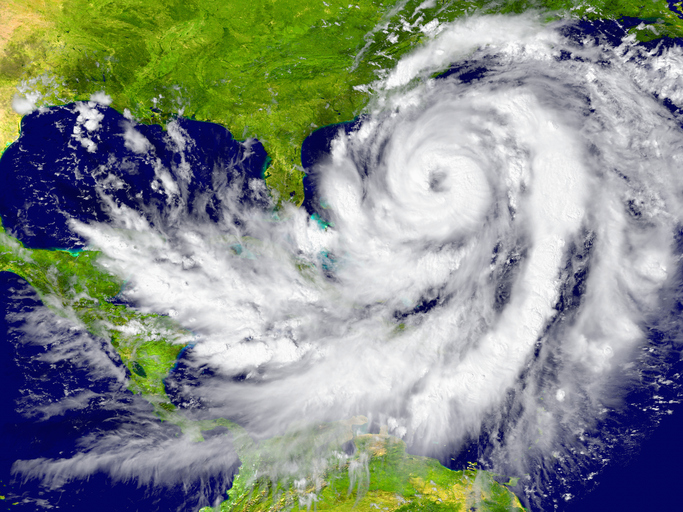Yet 10 months after Hurricane Michael wiped out a swath of the Panhandle, the state’s insurance regulators can’t say how many of the more than 20,000 open claims are in violation of the law.
At least as far back as 2005, the state’s Office of Insurance Regulation expected insurance companies to regularly report during storm season how many claims were resolved within 90 days. The state has since quietly shifted away from that policy.
State officials now downplay the usefulness of knowing how many claims are older than three months, noting that the law is not exactly what it seems. But attorneys representing storm victims say it’s important for understanding how quickly insurance companies are getting money into the hands of their customers.
“People need the money right away,” said Chip Merlin, a Tampa attorney who specializes in insurance claims. “There shouldn’t be these inherent delays in paper-pushing.”
Now, as Florida is in the middle of another hurricane season, state officials have returned to asking for the outstanding claims. Noting the large number of claims that haven’t been closed, state insurance regulators asked companies last month for additional data about how old their claims are and why they haven’t been paid.
Regulators will get that data by the end of this month. Among those combing through the claims is Florida’s new Insurance Consumer Advocate, Tasha Carter.
Carter was named to the job Aug. 1 after the position had been vacant for six months. She called the high number of open claims “concerning.”
“The number does seem to be significantly high,” Carter said.
And it is high compared to 2017′s Hurricane Irma, a storm that affected far more properties but did less damage on average than Michael.
Nine months after Irma made landfall in the Keys, only 9 percent of claims were still open.
Hurricane Michael was the first Category 5 storm to hit the United States since Hurricane Andrew, tearing a path through some of the poorest parts of Florida. Insurers report nearly $7 billion in losses across nearly 150,000 claims that have been filed.
More than 107,000 of those claims have been paid, according to data the companies report to the state.
But more than 20,000 claims, about 14 percent of all claims filed, are still open since Michael swept through the Panhandle on Oct. 10.
Office of Insurance Regulation officials says that the number of outstanding claims is “commonly misunderstood due to the fact that it is nuanced,” the department said in a statement to the Times/Herald.
“Broadly, (the Office of Insurance Regulation) is interested in assuring that claimants are timely paid once the conditions are met, and it is also interested in companies’ accessibility to consumers and customer service, including regular communication with claimants, setting expectations, and deploying adequate adjuster resources,” the department added.
Insurers don’t have to pay within 90 days of a claim being filed. Actually, Florida law gives the companies much more time than that.
The three-month time span applies only after a claim is made, the insurer settles on how much is owed and then the homeowner agrees to that amount.
The law allows insurance companies to take months to provide an estimate, a problem that’s gotten worse in recent years, said Merlin, the Tampa attorney.
He said insurance companies spend weeks and months with multiple adjusters consulting experts and performing inspections before coming up with an estimate.
“By the time a decision and an estimate for the amount of damages is made, it is literally six months after the hurricane,” Merlin said.
Additional delay can happen when, after the estimate is reached by the the insurance company, the customer feels short-changed and then disputes it. In these instances, the 90-day clock doesn’t kick in until after the customer and insurance company agree.
Florida officials have acknowledged that multiple adjusters and other delays have been a problem.
On June 10, the office sent letters to two insurance companies reminding them to immediately notify customers when they receive a new adjuster, and to make sure they were sending claims payments to the correct addresses.
“We noted several instances in which claim payments had to be reissued due to sending to the wrong mailing address, especially when a temporary address was used,” the two letters state.
Under former Insurance Commissioner Kevin McCarty, the office asked insurance companies to report detailed information on the status of their storm-related claims.
In advance of the 2005 storm season, for example, McCarty’s office requested companies report how many claims were 30 days, 60 days, 90 days and more than 90 days old.
“There was a high public demand for company performance and for different metrics,” McCarty said.
When the policy changed is unclear. McCarty stepped down in 2016 after being pressured from former Gov. Rick Scott.
To get insurance companies to pay claims, the Division of Financial Services has hosted multiple “insurance villages” in the Panhandle, pairing customers with insurance companies.
During last weekend’s two-day event, more than $2.4 million in claims were paid out. Carter called the figure “very significant," but with a catch.
“It also creates the question of, ‘What was the delay in getting these claims resolved much sooner?’” Carter said.














